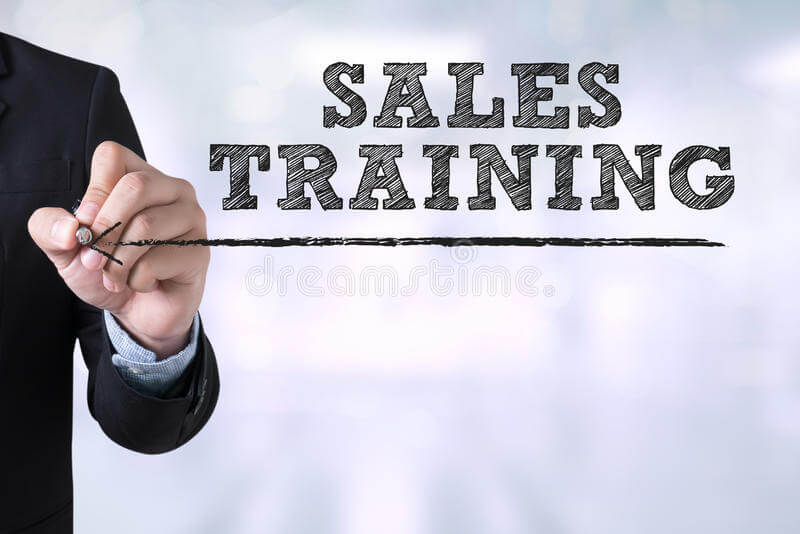The Dos and Don’ts of Employee Training: A Comprehensive Guide


Employee training is a vital aspect of any successful organization, ensuring that your workforce is equipped with the right skills and knowledge to perform at their best. However, designing and implementing an effective training program can be a complex process. In this comprehensive guide, we will explore the dos and don’ts of employee training, helping you optimize your training strategies and drive meaningful results for your organization.
The Dos of Employee Training
- Set Clear Goals and Objectives: Establish clear goals and objectives for your training program to ensure that it is targeted and effective. Begin by identifying the skills and knowledge gaps in your organization and align your training objectives with your overall business goals.
- Customize Training to Suit Individual Needs: Recognize that employees have different learning styles and preferences. Customize your training program by offering multiple formats, such as e-learning, workshops, and mentoring, to accommodate diverse learning needs and ensure a personalized learning experience.
- Encourage Active Participation: Foster an engaging learning environment by encouraging employees to actively participate in training sessions. Use interactive exercises, group discussions, and real-life scenarios to promote collaboration and stimulate critical thinking.
- Offer Regular Feedback and Support: Provide employees with regular feedback and support during the training process. Constructive feedback can help employees understand their progress and identify areas for improvement, while ongoing support can reinforce learning and promote skill retention.
Evaluate Training Effectiveness
Measure the success of your training program by conducting regular assessments and surveys. Evaluating training effectiveness enables you to identify areas for improvement and make data-driven decisions to optimize your training strategies.
The Don’ts of Employee Training
- Don’t Overload Employees with Information: Avoid overwhelming employees with too much information at once. Break down complex concepts into smaller, manageable modules, and allow time for employees to absorb and process new information.
- Don’t Neglect Soft Skills Development: While technical skills are essential, do not underestimate the importance of soft skills development. Focus on cultivating communication, leadership, and problem-solving abilities to foster a well-rounded workforce.
- Don’t Disregard Employee Feedback: Listen to your employees and actively seek their feedback on the training program. Their insights can help you identify areas for improvement and enhance the overall effectiveness of your training initiatives.
- Don’t Neglect Continuous Learning: Avoid treating employee training as a one-time event. Emphasize the importance of continuous learning and professional development, and encourage employees to seek out opportunities for growth and advancement.
- Don’t Ignore the Importance of Follow-Up
Ensure that training is reinforced through regular follow-up and support. This can include post-training assessments, refresher courses, and ongoing coaching to help employees retain and apply their newfound knowledge and skills.
Conclusion
Investing in effective employee training is crucial for the growth and success of any organization. By following the dos and don’ts outlined in this guide, you can create engaging, targeted, and impactful training programs that drive meaningful results for your employees and your organization. Remember to set clear objectives, customize training, encourage active participation, provide feedback and support, and continuously evaluate and improve your training strategies. Simultaneously, avoid overloading employees with information, neglecting soft skills development, disregarding employee feedback, neglecting continuous learning, and ignoring the importance of follow-up. With these best practices in mind, you can create a culture of learning and development that propels your organization toward success.






Responses